What is the tolerance range of precision screws?
What is the tolerance range of precision screws?
Service Hotline
+86760-8787 8587We have more than ten years of production experience in the screw industry, the main products are: round head pan head screws, DIN7339 rivets, nut combination screws, combination accessories, plum blossom anti-theft screws, round head socket head cap bolts, motherboard isolation studs, cup head machine thread screws , Galvanized thickened nylon lock nut, plastic washer, black flat washer, flat washer set hex screw, fully threaded lead screw, hollow chassis motherboard computer screw post, DIN912 bolts and other fasteners, due to the product material and Specifications vary, prices vary, please contact us if necessary.


1. Other names: root nut, anti-loosening nut, nut. 2. Purpose: To lock the outer joint of the through wire or other pipe fittings. The working principle of the nut is to use the friction between the nut and the bolt for self-locking. However, the reliability of this self-locking is reduced under dynamic loads. In some important occasions, we will take some anti-loosening measures to ensure the reliability of the nut locking. The lock nut is one of the anti-loosening measures. The anti-loosening effect of the lock nut mainly depends on the interaction force between the nut and the thread of the bolt. There are many ways to improve the interaction force between meshing threads, such as structural improvement of nut threads, nylon roughening of nylon nuts, and surface treatment of threads.
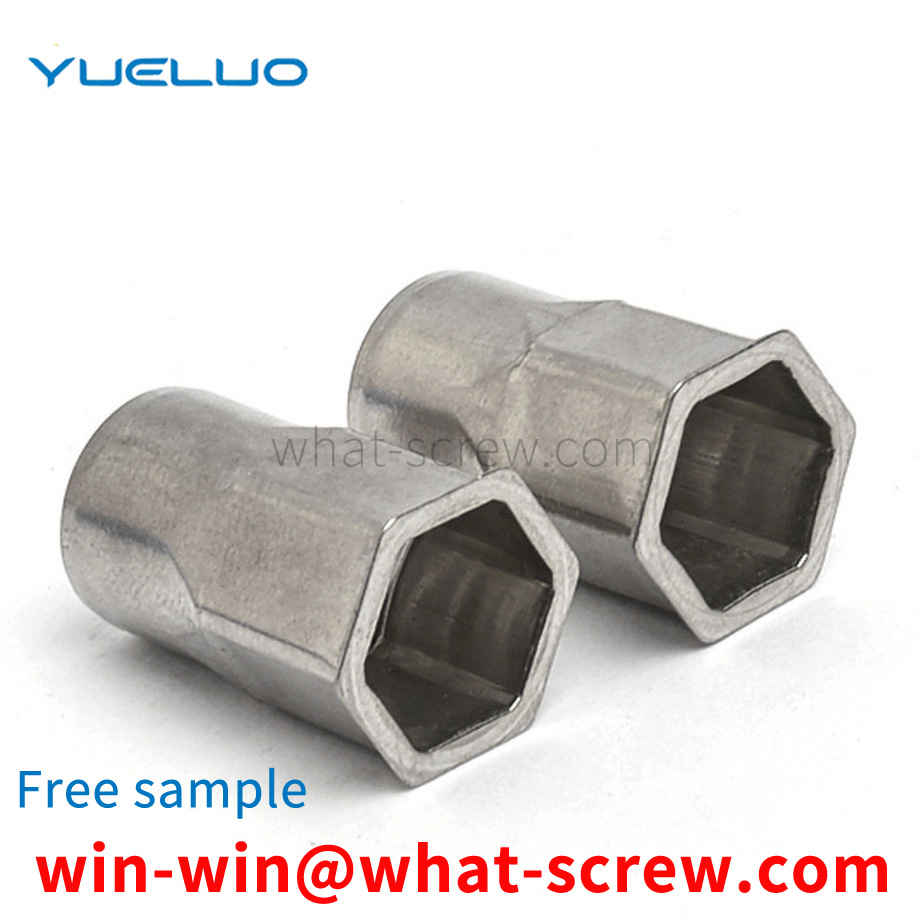
This clearance determines how much the bone fragment fixed by means of the locking screw in the corresponding locking hole can move relative to the nail and thus also relative to other bone fragments fixed by the same nail due to the rigidity of the nail. Together with the flexibility of the material and the overall device this can build up to a size that prevents or decisively delays effective healing. In order to ensure the applicability of the locking device to the surgeon, this gap, although unavoidable, is clinically undesirable in some indications (eg in the case of metaphyseal fragments). Even a screw with a full cross-section, which can have an internal thread in the locking hole, is not gapless. This internal thread only prevents possible axial movement of the screw on the locking screw.
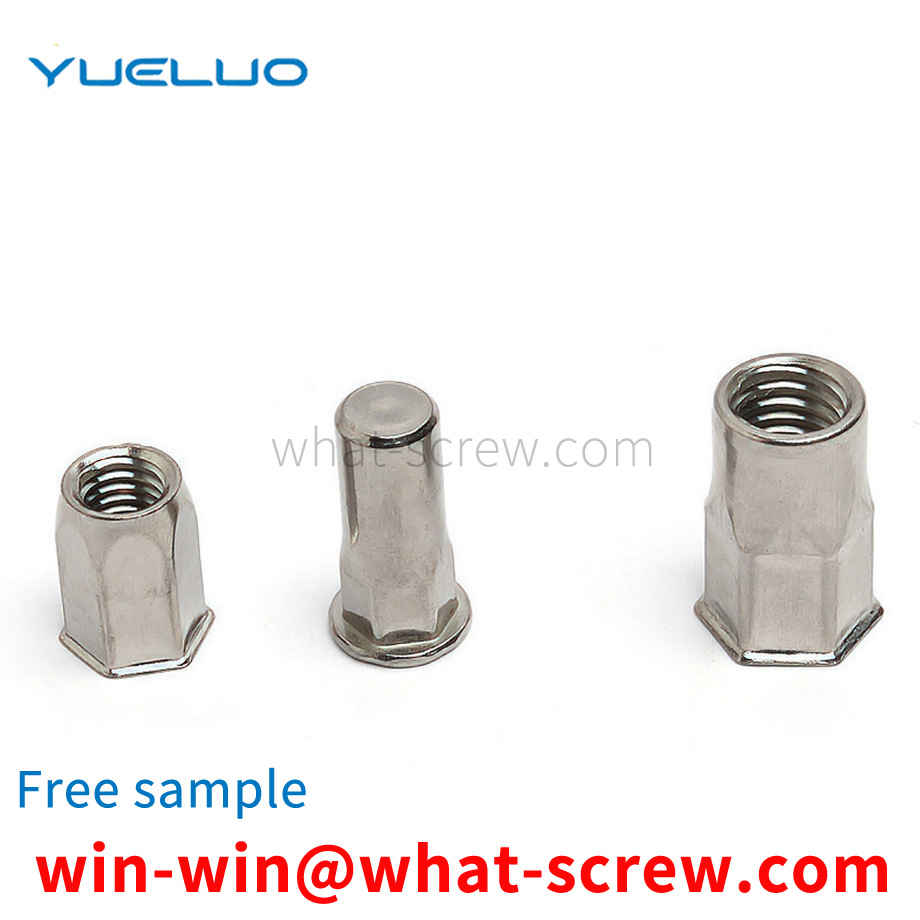
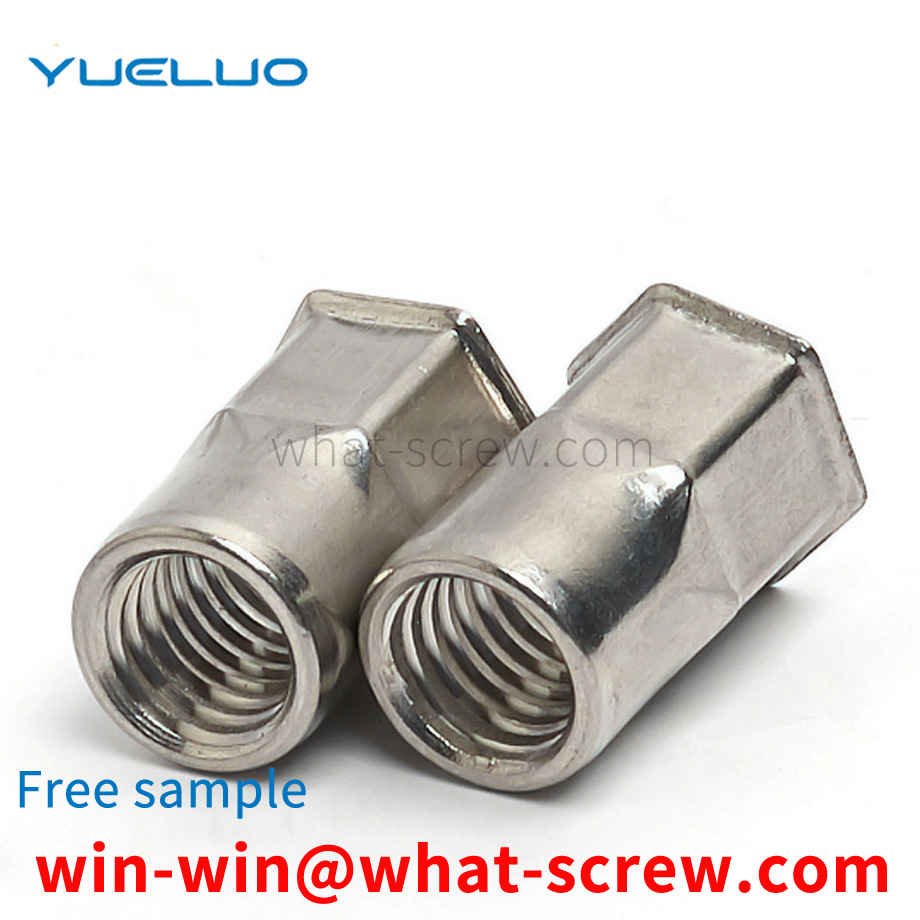
The standard specifies hexagon head bolts with thread specifications of M3~M64, grades A and B. Grade A is used for bolts with D<=24 and L<=10D or L<=150mm (whichever is smaller); grade B is used for bolts D > 24 or L > 10 D or L > 150 (according to the smaller value) bolt size specification mark: thread specification D = M12, nominal length L = 80mm, performance level is 8.8, the table is the same as oxidation, A level Hexagon head bolt tag example bolt GB / T5782-86-M12 × 80 national standard common hex bolt head on the side size and cooperation national standard wrench thread diameter \ pair of edge sidewalls Skin wrench Wrench Double-ended open-end wrench Double-ended Torx wrench. The outer hexagon bolt is the most frequently used type of bolts. The main function of the external thread it has is to cooperate with the nut. Using this threaded connection method, the two parts are integrated. Grade C hexagon bolts are mainly used in steel structure machinery and equipment with relatively rough surface and low precision requirements. Grade A and Grade B hexagon bolts are mainly used in machinery and equipment with smooth surface and high precision requirements. Most of the stainless steel outer hexagon screws are full-tooth and hexagonal head full-tooth bolts. Standard: DIN933, GB5783, ISO4017, ANSIB18. 2.1, JISB1180; non-full thread bolt standards DIN931, GB5782, ISO4014, ANSIB18.2.1, JISB1180.
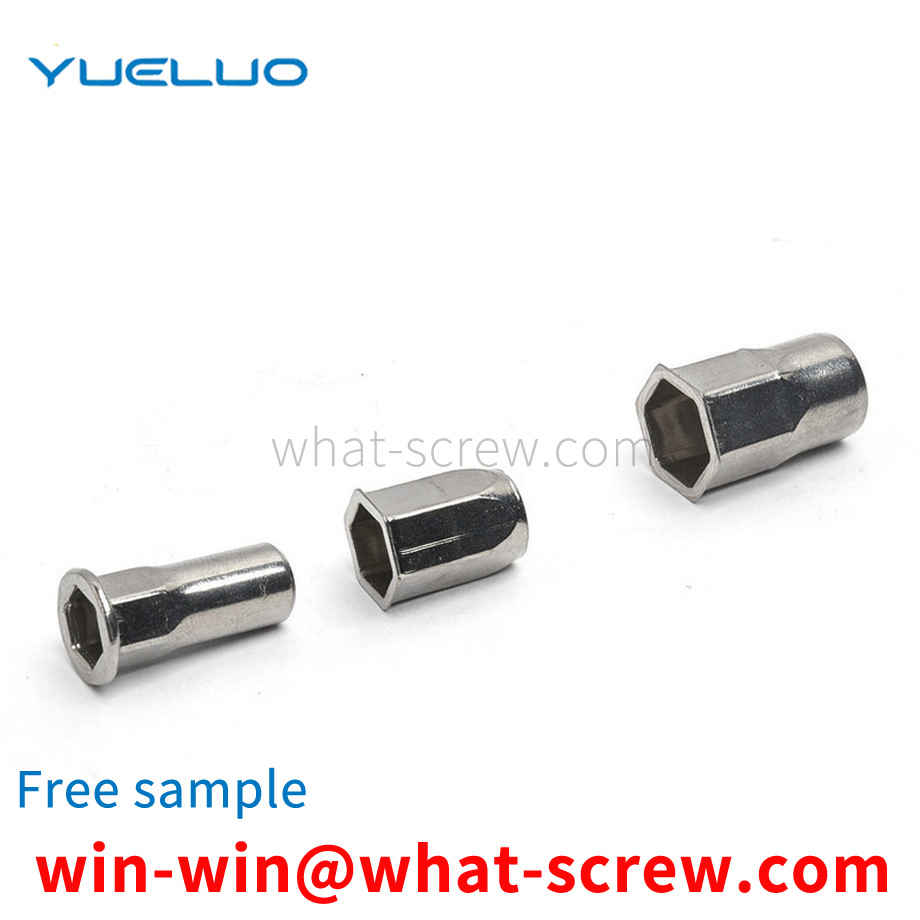
The screw refers to the screw (foreign name: Screw), which is a tool that uses the physical and mathematical principles of the oblique circular rotation of the object and the frictional force to gradually fasten the utensils and parts. A screw is a common term for fasteners, an everyday colloquial language. Metric threads are measured in MM (millimeters) and have a cusp angle of 60 degrees. Both US and Imperial threads are measured in inches. The cusp angle of the American thread is also 60 degrees, while the cusp angle of the imperial thread is 55 degrees.
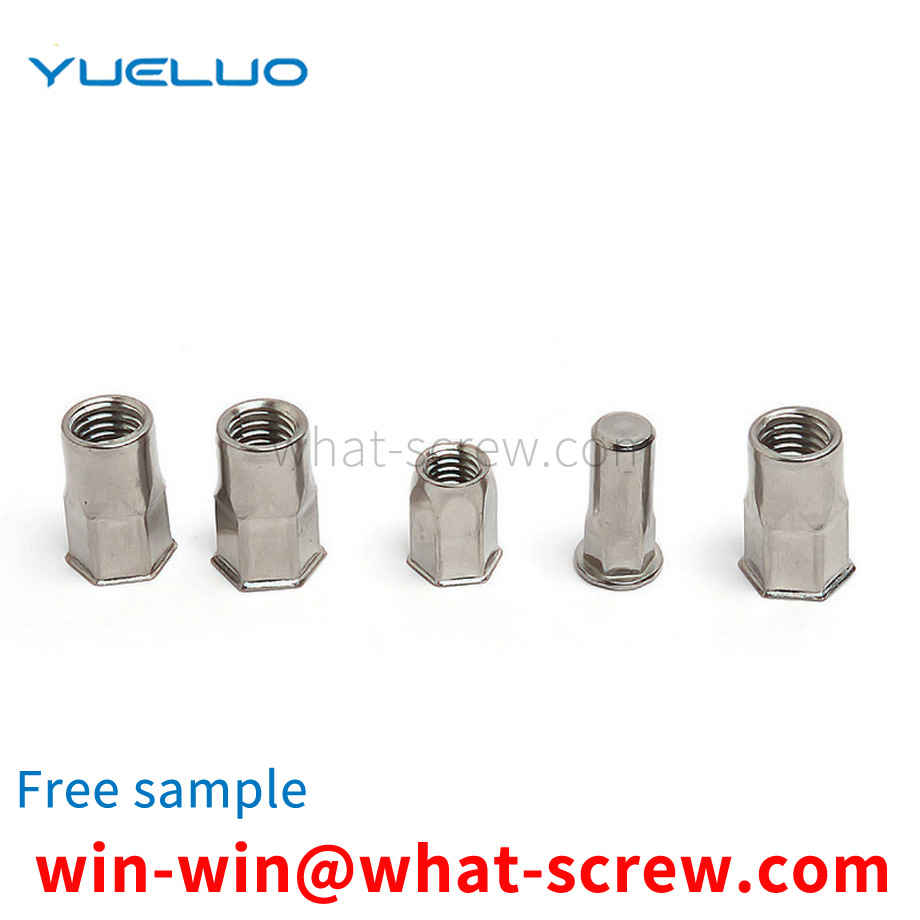
The above content is uploaded by Yueluo or the Internet. If there is any copyright issue, please contact [email protected].

What is the tolerance range of precision screws?

How to choose the right stainless steel screw manufacturer?

Why is there an R angle under the head of the hexagon head s...

We have more than ten years of experience in screw industry ...

We have more than ten years of experience in screw industry ...

We have more than ten years of experience in screw industry ...

We have more than ten years of production experience in the ...